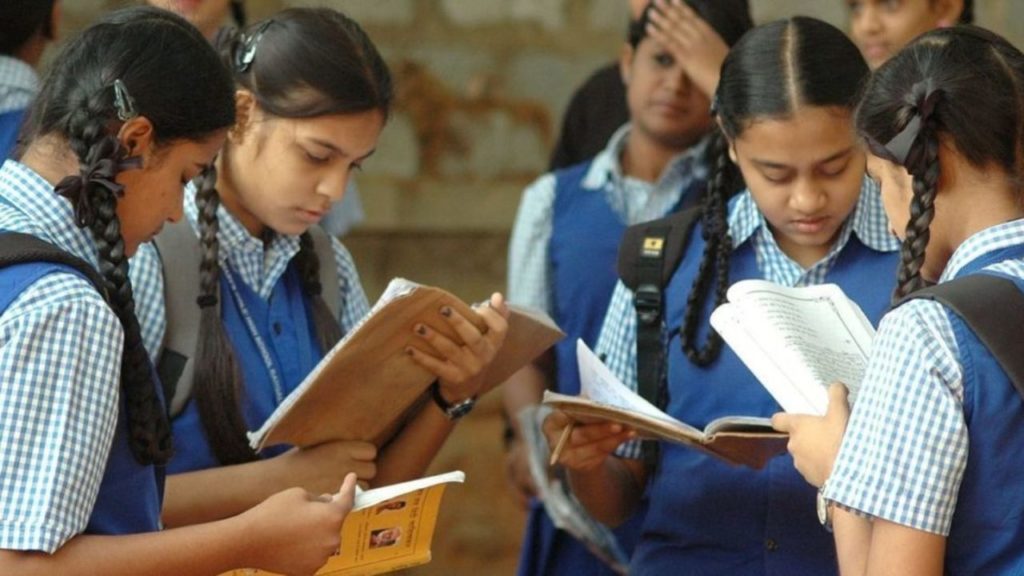Online Classes By Schools Is A Failure: Only 8% Children Have Computer, Internet At Home

Amidst the coronavirus pandemic, it is not just the economy and the job market crashing down horrendously. With the onset of the nation-wide lockdown of over 45 days, the education sector has been badly thrashed too.
Here, we are mainly focusing on schools and colleges. The quality and delivery of academics in these sectors are falling down steeply and we must all acknowledge the main reason behind this. Someone has to, right?
So this right here, is a survey report of the digital expansion around the country, in the sphere of internet connectivity and the backdrop: electricity.
Contents
Covid-19 Causes Dependency on Digital Drive
In order to bolster the nation from the ill-effects of the novel coronavirus, the govt casted a nation-wide lockdown. This led to the close-down of schools and colleges amidst the middle of the academic year.
As the lockdown kept on extending, it was considered wise to start teaching and learning lessons via the internet. This means the tecahning sessions had to shift to digital platforms from the traditional face-to-face mode of classroom learning.
Teachers and school administrators are advised to continue taking classes on virtual platforms like Massive Open Online Courses.
Nonetheless, we cannot deny the fact that this has been rather tedious not just for the students to follow the class but also the teachers conducting the lectures.
How Essential is the Role of Electricity in Digital Learning? Where Does India Collectively Stand?
Naturally, to stem online classes and digital learning there should be a proper internet connection, which means in a direct or indirect way, there needs to be a decent supply of electricity, right?
The major challenge of remote learning is disparity in access of electricity and internet connections to devices like computer or smartphones.
We’ll speak of a decent internet connection and availability of devices to study online later in the article. Now, lets understand the amount of access of basic ameneties like electricity in the3rd largest democracy.
Access to electricity is crucial for digital education, both for powering devices as well as for connecting to the internet.
Apparently, the goverenment’s Saubhagya scheme claiming to provide electricity to households shows a solid 99.9% of homes India have a power connection. The reality isn’t very steady.
- Mission Antyodaya, a nationwide survey of villages conducted by the Ministry of Rural Development in 2017-’18 show that 16% of India’s households received just 1-8 hours of electricity in a day,
- 33% received 9-12 hours electricity in a day, while
- Only 47% received more than 12 hours a day.
Availability of Devices for Digital Lessons
Schools are spread all over the nation and so is lockdown. So naturally we have known that all schools and educational institutes have shifted to digital platforms for timely and a regular portion of studies.
However, you’d be shock to learn that only 11% of households in the country possess at least one device supporting internet, in order to study.
While a computer would be preferable for online classes, a smartphone could also serve the purpose.
- Only 24% Indians own a smartphone
- 11% of households possess any type of computer, which could include desktop computers, laptops, notebooks, netbooks, palmtops or tablets.
Digital Penetration, Where are You?
Even with such advancement in the expanses of the telecom sector, we have such massive graphs of disparities among different regions of the country receiving a stable internet connection, or an internet connection at all.
As per the 2017-’18 National Sample Survey report on education:
- Only 24% of Indian households have an internet facility.
- Of the 66% rural po[pulation in the country, only 15% of rural households have access to internet services.
- In urban regions, this number climbs up to just 42% of urban households.
In fact, only 8% of all households with members aged between five and 24 have both a computer and an internet connection.
Regions:
- The access to a computer in Bihar is just 4.6%
- This number is 23.5% in Kerala and 35% in Delhi.
- In states like Delhi, Kerala, Himachal Pradesh, Haryana, Punjab and Uttarakhand, more than 40% households have access to internet.
- In states like Delhi, Kerala, Himachal Pradesh, Haryana, Punjab and Uttarakhand, more than 40% households have access to internet.
The survey shows that among respondents who use home broadband, over 3% face cable cuts, 53% face poor connectivity and 32% face signal issues. In case of mobile data, 40.2% face poor connectivity and 56.6% face signal issues.

Comments are closed, but trackbacks and pingbacks are open.